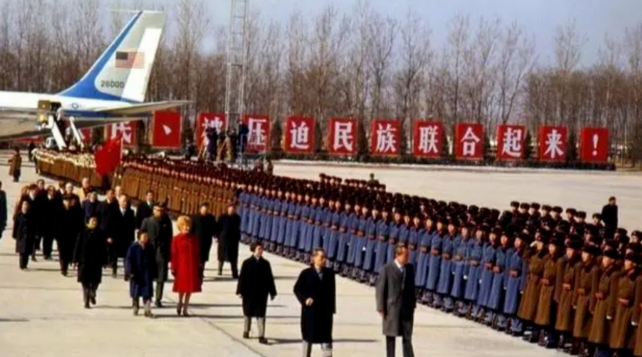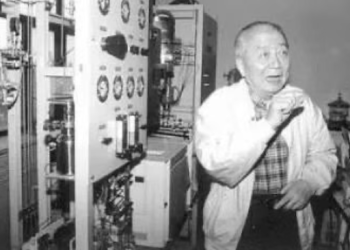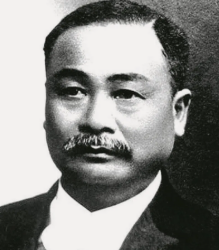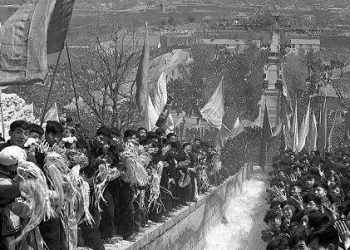In the hearts of Americans, the 1970s were one of the most painful and transformative decades in history. Militarily, since 1962 when the United States began deploying troops to participate in the Vietnam War, the nation became deeply mired in the quagmire of conflict. Anti-war protests erupted across the country, even leading to mass student walkouts nationwide. Economically, the U.S. had entered a period of cyclical recession in the 1960s, with insufficient endogenous momentum. The expansionary economic policies implemented by the Kennedy and Johnson administrations further worsened the situation. Coupled with two consecutive oil crises, the U.S. fell into a prolonged 13-year period of stagflation. Socially, beyond the glamorous façade, poverty, despair, and darkness were pervasive. Factory chimneys spewed thick black smoke, with untreated emissions released directly into the air. Many pedestrians were inexplicably shot on the streets; drug addicts were everywhere; and crime rates remained alarmingly high. Monetarily, European countries led by France continuously exchanged U.S. dollars for gold, and the dollar was massively shorted on international foreign exchange markets. This ultimately led to the collapse of the Bretton Woods system. At the time, voices predicting the “collapse of America” were rampant. The book Boom and Bust documents this painful history from an economic perspective.
America in the 1970s was a land of bizarre contrasts. Beneath its dazzling exterior lay corners filled with poverty, despair, and darkness. Were you shocked by the reality behind the prosperity? Pictured: A burning house and a group of indifferent onlookers.

In Cleveland, Ohio, on one side of Clark Avenue and the Clark Avenue Bridge, industrial smoke once darkened the skies, blotting out the sun.
African Americans often found themselves at the very bottom of the social hierarchy, living in extremely harsh conditions—rooms like this were already considered relatively decent.

However, the United States managed to transform itself into a global superpower through a series of strategic measures.
The first step was the withdrawal from Vietnam.
On January 27, 1973, after years of negotiation, the U.S. and Vietnam signed the “Agreement on Ending the War and Restoring Peace in Vietnam” (Paris Peace Accords), officially marking the withdrawal of American troops.
Without the backing of the United States, the South Vietnamese regime under Nguyen Van Thieu quickly collapsed.
On January 2, 1976, the Democratic Republic of Vietnam unified with the Republic of Vietnam, officially ending the Vietnam War.
The decision to withdraw from Vietnam aligned with the will of the American public.

The withdrawal of U.S. troops from Vietnam also paved the way for the restoration of China-U.S. diplomatic relations.
In 1971, Henry Kissinger made two secret visits to China.
In 1972, U.S. President Richard Nixon, accompanied by his wife, completed a groundbreaking diplomatic visit.
This historic move broke the 20-year-long deadlock between China and the United States and gradually led to the normalization of diplomatic ties.
In 1980, the U.S. Congress approved a bilateral trade agreement with China, granting China the status of Most Favored Nation.
On November 15, 1999, China and the United States signed a bilateral agreement regarding China’s accession to the World Trade Organization.
The U.S. continued to provide China with technology and capital, while China supplied the U.S. with low-cost goods, helping to curb inflation in America.

Nixon’s Visit to China Marked the Birth of the Petrodollar System
In 1974, the United States signed an agreement with Saudi Arabia, then the world’s largest oil producer, to price oil exclusively in U.S. dollars.
Soon after, other OPEC member states followed suit.
This move effectively pegged the dollar to oil, meaning that any economy seeking to buy oil on the international market had to first acquire U.S. dollars.
As a result, the dollar became the global reserve currency.
The “petrodollar” became a key pillar of the global dollar cycle and a foundation of U.S. monetary hegemony.
Offshoring Low-End Industries and Building Financial Supremacy
The U.S. began outsourcing many low-margin, labor-intensive industries to developing countries while retaining high-end research and proprietary technologies at home.
At the same time, it dismantled the Glass–Steagall Act, allowing commercial banks to engage in investment banking, thus initiating a new era of financial dominance.
Through tools like loose monetary policy and interest rate hikes or cuts, the U.S. developed methods to extract value from emerging markets.
The Latin American debt crisis of the 1980s, the 1997 Asian financial crisis, the 2008 global financial crisis, and the post-COVID liquidity boom all exemplify how the U.S. reaped the benefits for itself while exporting the problems to the rest of the world—always the first to recover.











